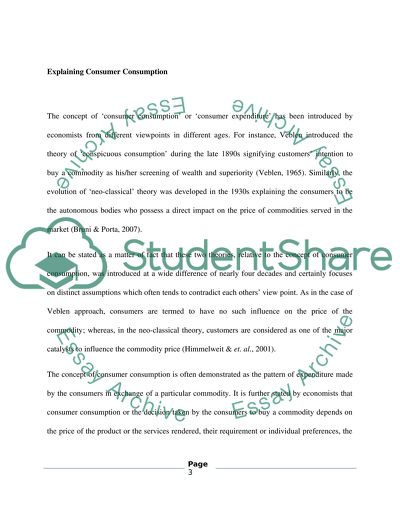Cite this document
(Consumer Consumption Term Paper Example | Topics and Well Written Essays - 2250 words, n.d.)
Consumer Consumption Term Paper Example | Topics and Well Written Essays - 2250 words. Retrieved from https://studentshare.org/human-resources/1585945-analyzing-consumption-trends-between-consumption-theories
Consumer Consumption Term Paper Example | Topics and Well Written Essays - 2250 words. Retrieved from https://studentshare.org/human-resources/1585945-analyzing-consumption-trends-between-consumption-theories
(Consumer Consumption Term Paper Example | Topics and Well Written Essays - 2250 Words)
Consumer Consumption Term Paper Example | Topics and Well Written Essays - 2250 Words. https://studentshare.org/human-resources/1585945-analyzing-consumption-trends-between-consumption-theories.
Consumer Consumption Term Paper Example | Topics and Well Written Essays - 2250 Words. https://studentshare.org/human-resources/1585945-analyzing-consumption-trends-between-consumption-theories.
“Consumer Consumption Term Paper Example | Topics and Well Written Essays - 2250 Words”. https://studentshare.org/human-resources/1585945-analyzing-consumption-trends-between-consumption-theories.


